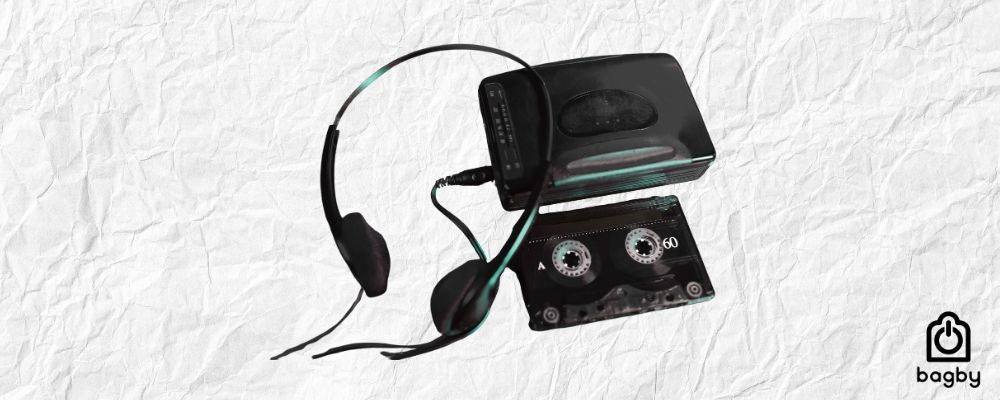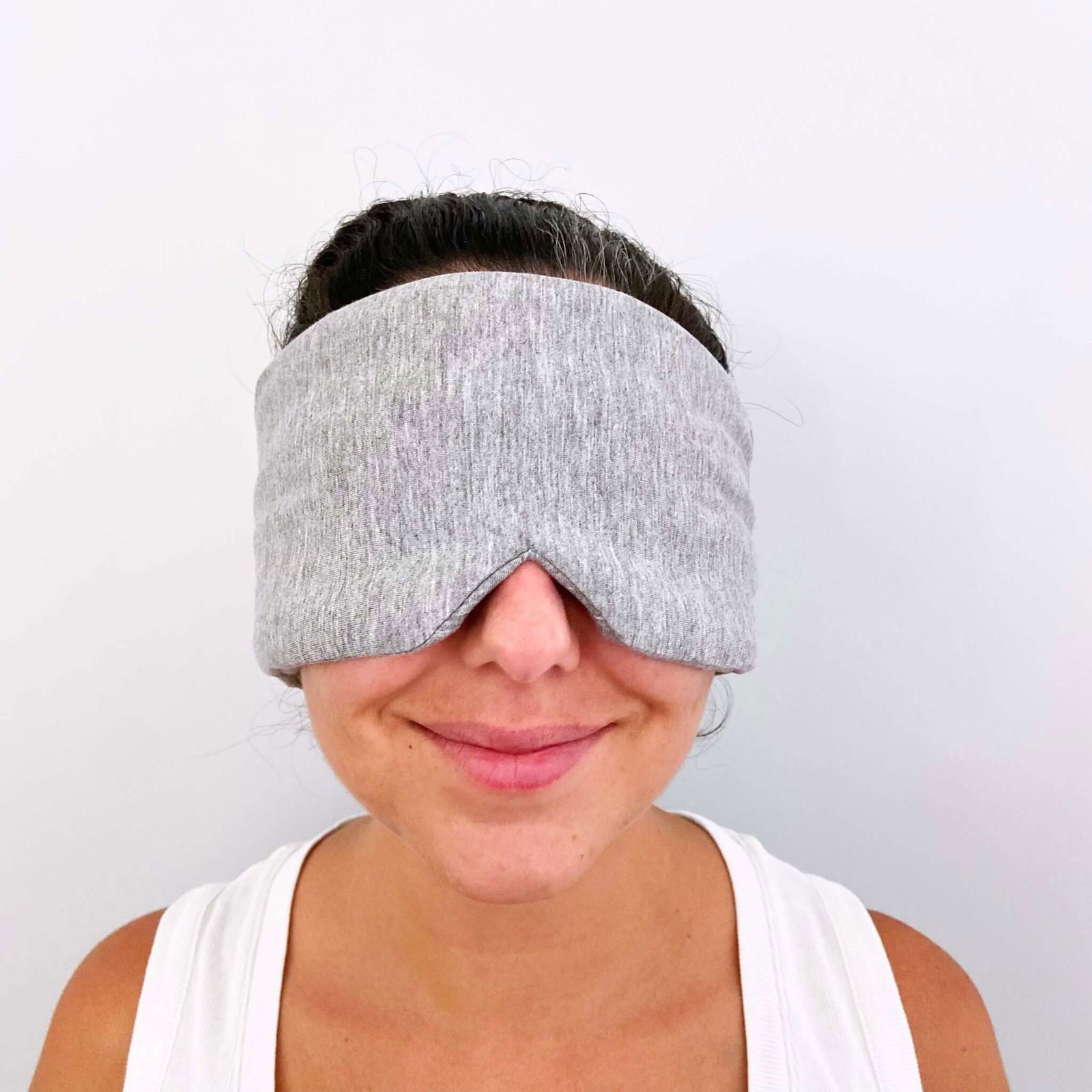FOMO, or fear of missing out, isn't just another internet slang. It’s an actual condition that can massively deteriorate an individual’s physical and mental wellbeing. Today, FOMO is proliferating, especially in teenagers and young adults. So, what’s driving this trend?
In this post, we’ll discuss FOMO in-depth, along with a few other important topics. And by the end, you’ll learn how to alleviate your “fear of missing out” symptoms and live a healthy life. So, let’s begin.
What Is FOMO?
Fear of missing out, commonly known as FOMO, is a type of anxiety that comes from a feeling of exclusion. Social media sites are the biggest influencers for this condition, as they give users a platform to show highly exaggerated or even fabricated representations of their actual lives. This makes it easy for other people to envy them and to want to live a similar life.
FOMO can become so intense that some people will drop everything they’re doing just to be a part of a fleeting moment on the internet.
John M. Grohol, Psy.D. of the Psych Central, describes FOMO as “the potential for simply a different connection. It may be better; it may be worse — we just don’t know until we check.”
Why Do People Experience FOMO?
It’s pretty clear that we experience FOMO because we want to socialize and don’t want to miss out on any benefits of socializing. But, if you dial back and look at it from an evolutionary perspective, you can actually link FOMO to our survival instincts. Let me explain.
For hundreds of years, people lived in small tribes where social standings meant everything. Being included in social events meant that the people in your tribe liked and respected you. And should there be any threat to your life, your tribe would protect you.
On the other hand, if you were not made part of social events, it signaled that people didn’t care about you. And you’d receive little to no help if there were a threat to your life. So, because of this, you’d have to do everything in your power to fit in socially.
There's a strong reason why the term “fear of missing out” starts with “fear” and not something like “sadness.”
When you see people having fun without you, the amygdala part of your brain starts reacting. The amygdala is one of the critical components of our limbic system, the part of our brain involved in behavioral and emotional responses.
It’s also one of the most primal segments of our brain, responsible for triggering the “fight or flight” response in an unsafe or a threatening environment.
When you see people having fun, and you’re not there, your brain triggers the same response it did in people hundreds of years ago when their tribe didn’t include them in social events.

So, when we put it in this perspective, we see that FOMO does not merely come from the desire to be included in social events. It comes from the fear of mortality and the desire to survive.
Consequences of FOMO
Netizens who live their lives through a virtual filter are highly prone to developing a chronic case of FOMO. Statistics say that right now, 24% of teens worldwide are online almost constantly. And with that heavy use, it’s not surprising that FOMO is encircling epidemic proportions.
When an individual constantly worries about what everyone else is doing, they miss out on the experiences in their own lives. Paying more attention to what’s going on outside, instead of focusing more on oneself, causes people to lose their sense of self-identity and suffer from problems like lower self-esteem.
A research study from the University of Michigan found that the more individuals use Facebook, the worse they feel every single minute. They also found declined life satisfaction levels in Facebook users.
Another study by the Australian Psychology Society found that 60% of teens are constantly worried that their friends are having fun without them. And among their subjects, 51% also mentioned that, when they don’t have a clear idea of what their friends are doing, they feel anxious.
The researchers say that there is a strong connection between the number of hours spent using gadgets and higher depression and chronic stress levels.
American Addiction Centers, which support individuals struggling with drug and alcohol addiction, also say that FOMO causes teens to feel pressured to do drugs and consume alcohol to keep up with celebrities and their friends.
FOMO certainly has the potential to destroy an individual’s life. But it’s not just social media and FOMO that’s affecting teens and young adults today. Research studies say that general tech use also plays a massive role in increasing problems like depression and anxiety in this demographic.
Tech Use & Mental Health Problems
According to statistics, adolescents today spend much less time in person with their friends compared to previous generations. Today, technology is so attractive that it completely suppresses children’s desires to go out and have real-life interactions.
So, when we’re working against evolution in this caliber, the negative effects are bound to emerge.
Here’s a list of some of the adverse health effects that tech use causes in adolescents and teens.
Depression
A 2019 study by the University of Arizona found that adolescents and teenagers who spend most of their awake time on smartphones are at a higher risk of developing problems like depression and loneliness.
This study gathered 346 individuals between ages 18-20. The researchers asked the subjects several questions about their habits and found that individuals who use their smartphones a lot are prone to developing depressive symptoms.
Matthew Lapierre, Ph.D., the lead author of this study, said that “there’s an issue where people are entirely too reliant on the device, in terms of feeling anxious if they don’t have it accessible, and they’re using it to the detriment of their day-to-day life.” He also added, “The main takeaway is that smartphone dependency directly predicts later depressive symptoms.”

ADHD
ADHD or Attention-Deficit/Hyperactivity Disorder is a psychological condition in which a person can’t focus on one thing for a long time. ADHD’s common symptoms are inattentiveness, hyperactivity, and impulsivity.
Researchers from California performed a cohort study in 2019 to understand if cell phone overuse creates ADHD symptoms in children. A cohort study is a type of longitudinal research where the researchers examine the development of a certain problem in their subjects over a prolonged period.
The study contained 2,500 high school students with borderline to no ADHD symptoms. The researchers asked them to rate their frequency of digital media use from “never” to “many times a day.”
This research went on for two years, and they checked in with the students at regular intervals. After two years, they analyzed test results and found that only 4.6% of teens who used their phones less frequently had ADHD symptoms. This number went up to a statistically significant 10.5% in heavy cell phone users.
Reduced Physiological Wellbeing
The Center for Disease Control and Prevention (CDC) recommends one hour of intense daily physical activity for children aged 6-17 years. This may include activities like running, playing sports, doing gymnastics, or skipping rope. For adults, they recommend at least 150 minutes of exercise every week. Studies say that tech overuse causes people to ignore this recommendation. Today, a massive part of the population suffers from problems like cardiac diseases, obesity, high blood pressure, high blood cholesterol, and type 2 diabetes. And we can cite compulsive tech use as one of the major causes of this problem.
A research study published in the International Journal of Behavioral Nutrition and Physical Activity found a concrete link between high-frequency cell phone use and reduced physical activity.
The researchers gathered 300 college students for this study to assess their physical activity level and their cell phone use frequency. They also conducted body composition and fitness tests on 49 of these subjects.
Their assessment found a link between less cell phone use and higher physical activity levels. Additionally, the students who spent an average of 14 hours on their phones every day reported less physical activity and did significantly more poorly on endurance tests.
The researchers concluded by saying that “high-frequency users were more likely than low-frequency users to report forgoing opportunities for physical activity to use their cell phones for sedentary behaviors.” They also mentioned that “low-frequency users were more likely to report being connected to active peer groups through their cell phones and to cite this as a motivation for physical activity.”
Massive EMF Exposure
Most of the tech we use today connects to the internet or other devices using Bluetooth. And to stay connected and give you a good experience, they have to emit massive amounts of EMF radiation almost constantly. When you compulsively use these devices, you expose your susceptible body to this high level of radiation.
Additionally, most of these tech gadgets are mobile, which means we use and carry them close to our bodies, further increasing our EMF exposure.
If you look at the tens of thousands of research studies on the biological effects of EMF exposure, you’ll find that EMF has the potential to cause health problems ranging from minor sleep disorders to chronic diseases like cancer.
If you want to learn more about EMF-induced health problems, you can visit my “EMF Health Effect” page.
So, as we can see, tech overuse affects our well-being in many ways. Now, given that modern tech isn't going anywhere, wouldn’t it be a good idea to at least try to reduce its effects on your health?
My post “Tech Addiction & EMF” has highly actionable tips on improving your relationship with technology. And, you can also explore our brand-new show called “The Healthier Tech Podcast,” where experts from the EMF and medical industry share how you can get the most out of your tech without having to risk your health.
How to Cope With FOMO?
FOMO is increasing rapidly, and it’s not only affecting adolescents and teenagers but young adults as well. So, if you’re suffering from this problem, here are some things that you can do to alleviate your FOMO and prevent it from deteriorating your quality of life.
Track and Introspect
Jotting down thoughts on paper is one of the oldest methods of dealing with problems like overthinking. And FOMO is one of the mental health problems that arises when you overthink about the things that might be happening when you’re not present.
Experts have also identified that tracking negative thoughts in a journal is effective in alleviating this problem. When your thoughts take a physical shape, in this case being put on paper, it allows you to observe them from a perspective detached from personal emotions.
This also helps you analyze patterns in your thoughts, so you can direct yourself to stay away from whatever’s fueling your FOMO.
So, grab your pen and diary, and start writing.

Take a Break from Tech
American novelist Anne Lamott once famously said, “Almost everything will work again if you unplug it for a few minutes, including you.”
Experts say that taking a break from technology reduces symptoms of mental health problems, including anxiety and depression. You don’t have to quit it altogether. Instead, you can schedule your tech use. If you have to work on your laptop and cell phone during the day, plan a tech break in the evening. And spend that time on offline things, like visiting the local park, gardening, or reading a book. Just choose whatever’s interesting to you.
Be Realistic About Availability
You have to understand that the time you have is minimal, and you cannot possibly be present everywhere at every moment. There will be parties you’ll miss, and there will be concerts that you won't get to see. That in no way means that you’re unwanted. It just means that you had something else important to do, which is why you weren’t available.
You have to be realistic about your time. You only get 24 hours in a day, during which you have to handle your responsibilities, manage your relationships, and take care of yourself and others. And if you get some time to yourself after all that, spend it on things that leave a positive impact on your life.
Get Professional Help
If your FOMO is negatively affecting your relationships, work, and other aspects of your life, seeing a therapist might help. Research shows that Cognitive Behavioral Therapy (CBT) is an effective treatment for this condition, and it can help you get rid of this problem.
CBT is a kind of psychotherapeutic treatment that focuses on identifying destructive and disturbing thought patterns and replacing them with ones that will help you move forward in life.
Final Thoughts
The enthusiasm and energy you see on the internet is not always real. What you see is a vlogger going to exciting places and filming awesome videos. But what you miss is that most of these videos are not as spontaneous as they seem.
The creators spend hours perfecting their so-called spontaneous shots, tiring, exhausting, and stressing themselves in the process.
The same goes for most social site users. You don’t see how many selfies go in the bin before one goes on the wall that makes you feel inferior.
So, whenever you’re worried that you’re missing out because you saw some pics and videos on the internet, try to see it from a different perspective by asking yourself, “What might have happened in the background?”
I’m not saying you don’t need to have fun. You need to have new experiences and fun with your peers. But the fun you have should be personalized and meaningful to you. You don’t have to do a certain thing just because others are doing it. Because you see, "fun is supposed to be fun, and not a chore."


















